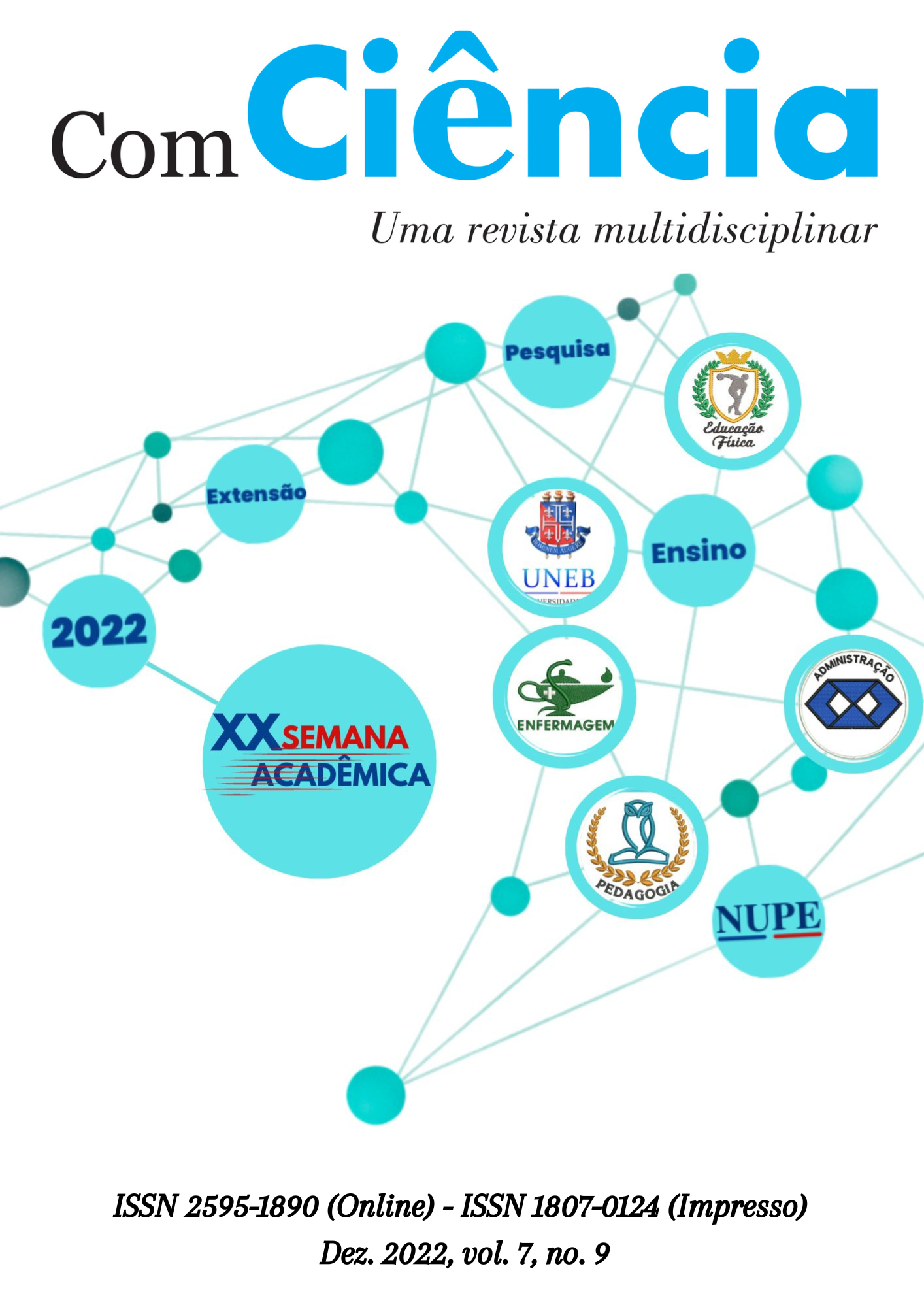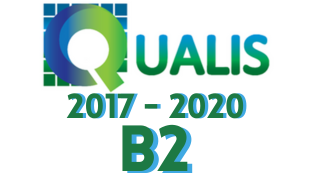Redes sociais e a divulgação científica sobre a pandemia para as crianças: implicações na educação
DOI:
https://doi.org/10.36112/issn2595-1890.v7.i9.p165-170Palavras-chave:
COVID-19, Crianças, Divulgação científica, PandemiaResumo
A pandemia de COVID-19 alterou as formas de organização social, sobretudo em relação aos espaços frequentados e acessados pelas crianças. Esta alteração pode ser focalizada nas condições sócio-econômicas das famílias e no fechamento das escolas, mas também no aumento do uso de telas, acesso às Redes Sociais e conteúdos da Internet pelas crianças mais cedo. Este contexto nos leva ao papel das fontes de informações sobre a pandemia acessadas pelas famílias e crianças, que constituíu o objetivo da pesquisa realizada no âmbito do Observatório da Infância e Educação Infantil da Universidade do Estado da Bahia. A partir da análise de dados de questionários, concluímos que as famílias utilizaram sobretudo a Internet (incluindo redes sociais), rádio e TV, como fontes sobre a pandemia, que consequentemente alcançaram as crianças. Isso evidencia a responsabilidade social desses veículos com a cientificidade da informação, e da escola e adultos na problematização dos conteúdos com as crianças.
Downloads
Referências
AMORIM, J. dos S.; RIBEIRO, L. M. de S. A.; SILVA, E. de B. T. UM ANO SEM ESCOLAS! NARRATIVAS DE CRIANÇAS EM TEMPOS (IM)PREVISTOS. Revista Prâksis, [S. l.], v. 3, p. 113–138, 2021.
BUENO, C. C. Imagens de crianças, ciências e cientistas na divulgação científica para o público infantil. Dissertação (Mestrado em Divulgação científica). Campinas, SP: Universidade Estadual de Campinas, 2012.
FOLINO, C. H. et al. A percepção de crianças cariocas sobre a pandemia de COVID-19, SARS-CoV-2 e os vírus em geral. Cadernos de Saúde Pública, v. 37, n. 4, 2021.
INSTITUTO BRASILEIRO DE GEOGRAFIA E ESTATÍSTICA (IBGE). Censo Demográfico Brasileiro. 2010.
ORGANIZAÇÃO PAN-AMERICANA DE SAÚDE (OPAS). Histórico da pandemia de COVID-19. Organização Pan-Americana da Saúde, 2022. Disponível em: <https://www.paho.org/pt/covid19/historico-da-pandemia-covid-19>. Acesso em: jul. 2022.
ORGANIZACIÓN MUNDIAL DE LA SALUD (OMS). Coronavírus. Organización Mundial de la Salud, 2022. Disponível em: <https://www.who.int/es/health-topics/coronavirus/coronavirus#tab=tab_1>. Acesso em: jul. 2022.
SARMENTO, Manuel Jacinto. Gerações e alteridade: interrogações a partir da sociologia da infância. Educação & Sociedade, v. 26, n. 91. pp. 361-378, 2005.
TEIXEIRA, A. M. P. et al. Relatório de pesquisa [livro eletrônico]: Infância e Pandemia nos Territórios do Sertão Produtivo e Velho Chico [Bahia - 2021]. -- Caetité, BA: Juliane dos Santos Amorim, 2021. PDF.
WANG, G. et al. Mitigate the effects of home confinement on children during the COVID-19. Lancet, v. 395, p. 945-947, 2020.
Downloads
Publicado
Como Citar
Edição
Seção
Licença
Copyright (c) 2023 Revista ComCiência, uma Revista multidisciplinar

Este trabalho está licenciado sob uma licença Creative Commons Attribution-NonCommercial 4.0 International License.





